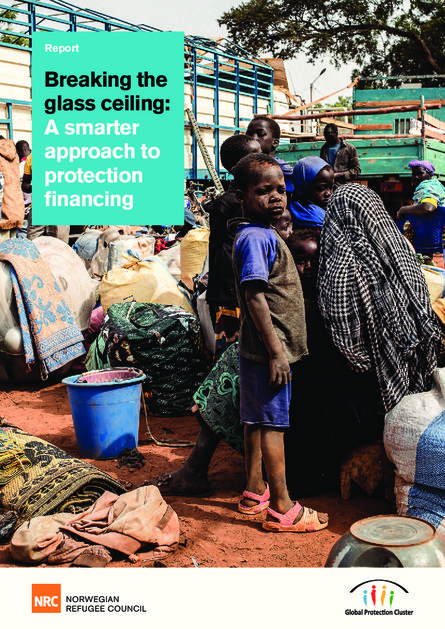
Humanitarian crises often involve the daily threat of violence, forced displacement and a host of other protection risks that cause immeasurable suffering to civilians. The Covid-19 pandemic has exacerbated these concerns and presented new challenges. The humanitarian community in 2013 took the bold step of committing to the “centrality of protection” within humanitarian action. As a report from the Global Protection Cluster (GPC) that the same year showed, however, the protection sector has perennially been underfunded both in terms of its requirements in humanitarian plans and relative to other sectors.
This study aims to provide an updated analysis of the key protection financing trends since the original 2013 report. It seeks to assess whether the protection sector is still underfunded and, more importantly, why that might be. It also tries to evaluate whether the humanitarian community has lived up to its policy commitments regarding protection and whether this is leading to more resources and tangible results for the most vulnerable. The approach is to view the possible remedy not only in terms of increased levels of funding – given that all humanitarian action is underfunded
– but also to identify what changes different stakeholders can make to channel the limited resources that do exist towards the best protection outcomes for those most at risk. Protection financing should be viewed as one part of a holistic approach to delivering protection outcomes, with political engagement, advocacy, programming all vitally important as well.
